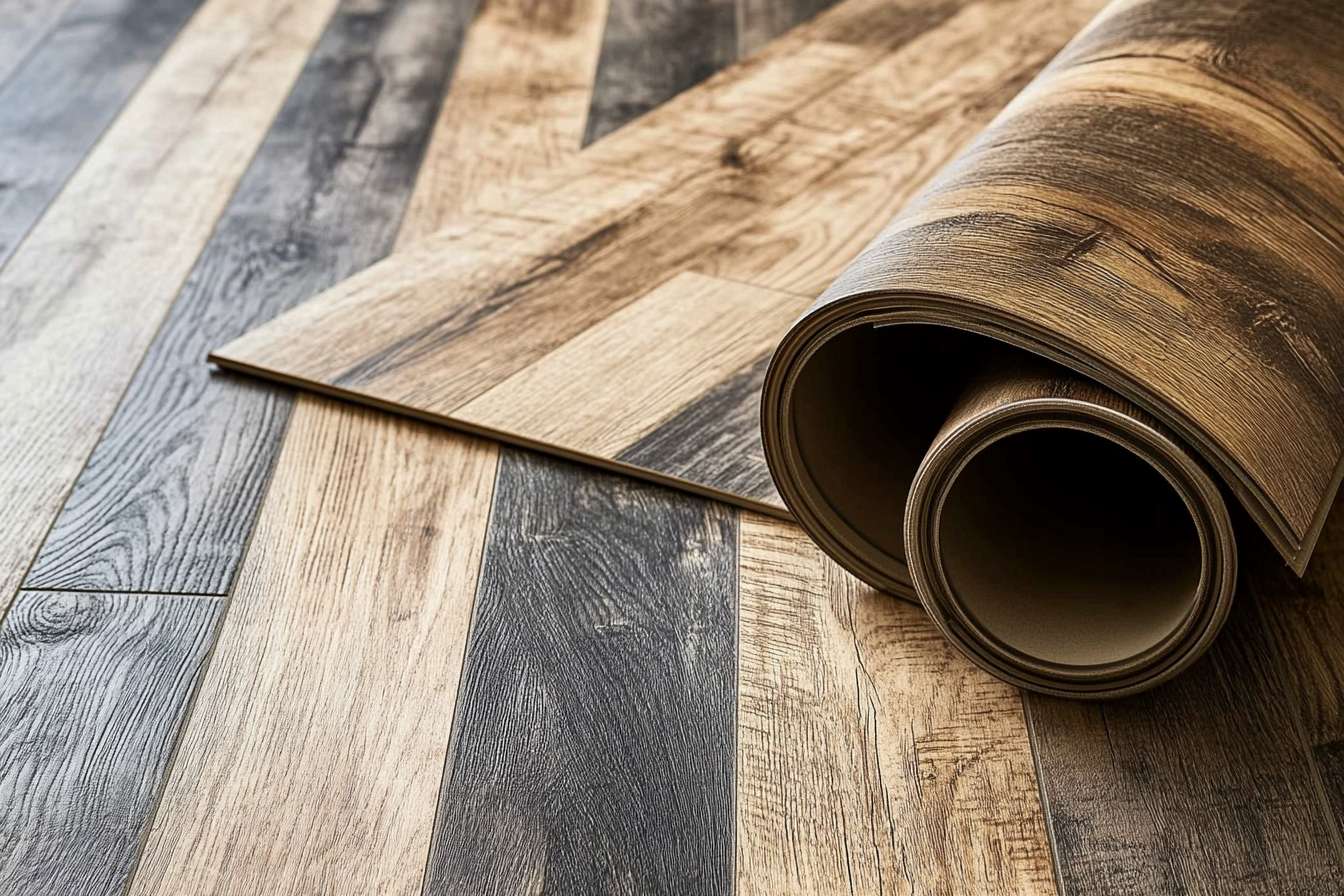Solid wood flooring trends and selection guide
Hardwood flooring remains one of the most desired choices in modern home design—timeless, elegant, and built to last. But just like fashion, flooring trends evolve. The shades and finishes that once defined luxury are now being replaced by more natural, minimalist tones that reflect today’s interior sensibilities.

Solid wood flooring remains one of the most sought-after materials for homeowners seeking durability, elegance, and long-term value. With evolving design preferences and innovations in flooring technology, understanding which colors and styles work best for your space is essential. Whether you are renovating a kitchen, expanding a living room visually, or debating between solid wood and vinyl, this guide provides practical insights to navigate your flooring choices.
Which hardwood colors are going out of style?
Certain hardwood tones that dominated interiors in previous decades are gradually losing favor among designers and homeowners. Orange-toned woods, particularly those with heavy red or cherry undertones, are becoming less popular as neutral and cooler palettes take precedence. Glossy finishes on dark woods, which were once considered luxurious, now often appear dated compared to matte or satin finishes. Additionally, overly uniform, factory-finished floors with little variation in grain or color are being replaced by more natural, character-rich options. While these trends shift over time, understanding current preferences helps ensure your flooring choice remains visually appealing for years to come.
What hardwood flooring colors will never go out of style?
Timeless hardwood colors tend to be neutral, versatile, and adaptable to various design schemes. Medium-toned woods such as natural oak, walnut, and maple offer warmth without overwhelming a space. Light blonde and whitewashed finishes provide a clean, airy aesthetic that complements both modern and traditional interiors. Gray-toned hardwoods have also proven their staying power, offering a contemporary yet classic look that pairs well with a wide range of furnishings. These enduring shades work across different architectural styles and can be easily refreshed with new decor, making them a safe and stylish investment.
Hardwood flooring colors that are perfect for kitchens
Kitchens require flooring that balances aesthetics with practicality. Medium to darker hardwood tones, such as chestnut, hickory, and walnut, are excellent choices because they effectively hide minor spills, scratches, and daily wear. These colors also add warmth and depth to kitchen spaces, creating an inviting atmosphere. For those preferring lighter options, consider engineered or sealed light oak with a matte finish, which offers a bright appearance while still being forgiving of imperfections. Avoid overly glossy finishes in kitchens, as they tend to show water spots and scuff marks more readily. Durability and ease of maintenance should guide your color selection in high-traffic culinary spaces.
Hardwood flooring colors that make a space look bigger and brighter
Light-colored hardwoods are highly effective at visually expanding smaller rooms and enhancing natural light. Pale oak, ash, and birch reflect more light than darker woods, creating an open and airy feel. Whitewashed or bleached finishes amplify this effect, making narrow hallways and compact living areas appear more spacious. Installing planks in a horizontal or diagonal pattern can further elongate a room. Additionally, choosing wide planks over narrow ones reduces visual clutter and contributes to a more expansive appearance. Pairing light hardwood with lighter wall colors and minimal furnishings maximizes the brightening effect, transforming even modest spaces into welcoming environments.
Is solid wood flooring better than vinyl flooring?
The choice between solid wood and vinyl flooring depends on priorities such as budget, durability, aesthetics, and maintenance. Solid wood offers unmatched natural beauty, longevity, and the ability to be refinished multiple times, potentially lasting several decades. It adds significant value to a home and provides a warm, authentic feel underfoot. However, solid wood is more susceptible to moisture damage, requires regular maintenance, and typically costs more upfront. Vinyl flooring, on the other hand, is highly water-resistant, affordable, and available in realistic wood-look designs. It is easier to install and maintain, making it suitable for high-moisture areas like basements and bathrooms. While vinyl lacks the refinishing capability and long-term value of solid wood, it serves as a practical alternative for budget-conscious or moisture-prone environments. Ultimately, solid wood is preferable for those seeking timeless elegance and investment value, while vinyl suits those prioritizing cost-effectiveness and versatility.
| Flooring Type | Provider/Brand | Key Features | Cost Estimation (per sq. ft.) |
|---|---|---|---|
| Solid Oak Flooring | Lumber Liquidators | Natural grain, refinishable, durable | $5 - $10 |
| Engineered Walnut | Home Depot | Moisture-resistant, layered construction | $6 - $12 |
| Luxury Vinyl Plank | Lowe’s | Waterproof, easy installation, wood-look | $2 - $5 |
| Bamboo Flooring | BuildDirect | Eco-friendly, hard surface, renewable | $3 - $8 |
| Reclaimed Wood | Vintage Timberworks | Unique character, sustainable, varied tones | $8 - $15 |
Prices, rates, or cost estimates mentioned in this article are based on the latest available information but may change over time. Independent research is advised before making financial decisions.
Selecting the right solid wood flooring involves balancing aesthetic preferences with practical considerations. By understanding which colors endure over time, which enhance specific spaces, and how solid wood compares to alternatives, you can make a confident, informed choice that enhances your home for years to come.



